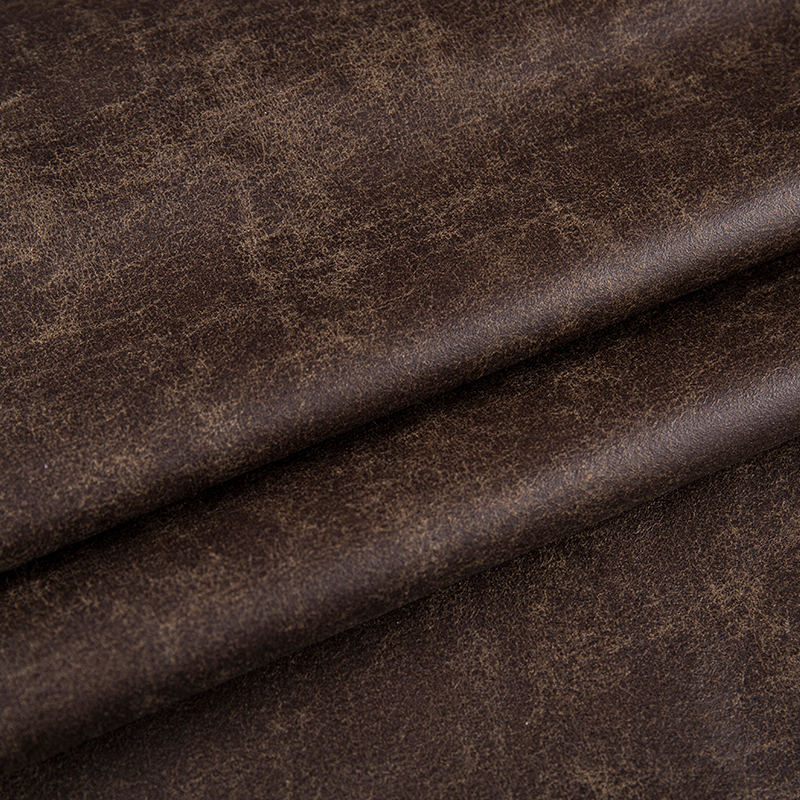Effect of temperature on breathability
Temperature is a key factor affecting the speed of gas molecule movement. At higher temperatures, the thermal motion of gas molecules intensifies and the frequency of collisions between molecules increases, which helps gas molecules to pass through the pore structure of the fabric more easily. For PU Breathable-Moisture Permeable Coating Fabric, its breathability is often closely related to the microstructure and pore characteristics of the coating material. When the temperature rises, the coating material may expand or soften slightly, resulting in a slight increase in pore size or enhanced connectivity between pores, thereby improving the breathability of the fabric to a certain extent.
It is worth noting that this improvement is not unlimited. On the one hand, the original intention of the design of PU coatings is often to provide good waterproof, windproof and wear-resistant properties while ensuring a certain breathability. Therefore, the thickness, hardness and pore arrangement of the coating material will limit the further improvement of breathability. On the other hand, excessively high temperatures may cause irreversible deformation or aging of the coating material, which will reduce its breathability.
Effect of humidity on breathability
The effect of humidity on the breathability of PU Breathable-Moisture Permeable Coating Fabric is more complicated. Humidity not only affects the motion state of gas molecules, but is also directly related to the transmission and condensation process of water vapor in the fabric.
In an environment with low relative humidity, the water vapor content in the air is less, and the movement of gas molecules is mainly controlled by temperature. At this time, the breathability of the fabric is mainly affected by temperature and the pore characteristics of the coating, and has little to do with humidity. However, as the relative humidity increases, the water vapor content in the air gradually increases, and the diffusion effect of water vapor begins to appear. For PU coated fabrics with good moisture permeability, water vapor can be quickly discharged through the micropores in the coating or specially designed channels, thereby keeping the inside of the fabric dry and comfortable.
In a high humidity environment, if the moisture permeability of PU Breathable-Moisture Permeable Coating Fabric is not enough to meet the demand, water vapor may accumulate inside the fabric and condense into liquid water. This will not only hinder the passage of gas molecules and reduce the breathability of the fabric, but may also cause the fabric surface to be damp and uncomfortable, and even cause problems such as mildew.
Comprehensive influence
In practical applications, temperature and humidity often act on PU Breathable-Moisture Permeable Coating Fabric at the same time, which has a comprehensive impact on its breathability. For example, in a high temperature and high humidity environment, the fabric not only needs to have good breathability to discharge the heat and moisture generated by the human body, but also needs to have sufficient moisture permeability to prevent moisture from accumulating inside the fabric. This requires PU coated fabrics to fully consider environmental factors during the design and production process, and to achieve a good balance between breathability and moisture permeability by optimizing the formulation, thickness, pore structure and other parameters of the coating material, and adopting advanced coating technology.
For PU coated fabrics in specific application scenarios, such as outdoor sports equipment, medical protective clothing, etc., strict performance testing and verification are also required to ensure that their breathability under extreme climatic conditions can meet actual needs. At the same time, users should also pay attention to keeping the fabric clean and dry during use to extend its service life and maintain good breathability.








